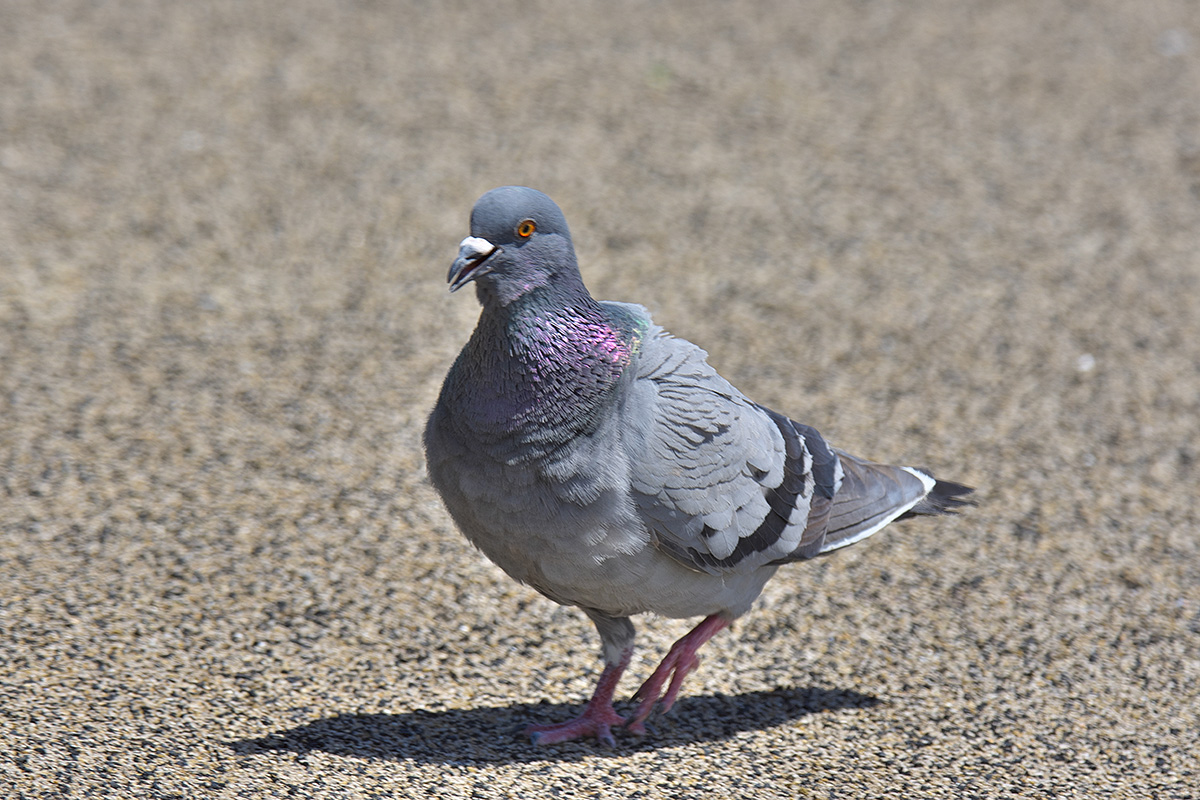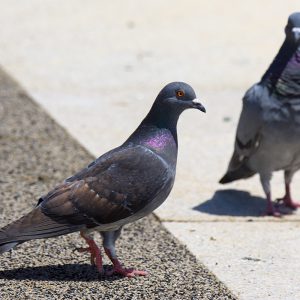むなかたが集まる
電子データベース
電子データベース
ドバト(カワラバト)

| 種目 | ドバト(カワラバト) (堂鳩・土鳩) | 分類 |
ハト目 ハト科 カワラバト属 |
学名 | Columba livia | 英名 | Rock Dove |
|---|---|---|---|---|---|---|---|
|
ドバト(カワラバト) (堂鳩・土鳩) |
ハト目 ハト科 カワラバト属 |
Columba livia | Rock Dove |
宗像市でみられる場所・時期
宗像では留鳥である。市内全域で一年中,見ることができる。
特徴
全長35㎝。羽色には変異が多いが,原種に近いものは全体に青灰色で,頸側に緑色と紫色の光沢がある。体の上・下面は灰色で,大・中雨覆に黒灰色の斑があり,2本の黒帯となって見える。腰は白く,尾の先端も黒灰色。虹彩は橙色から赤色が多い。足は赤い。
習性
海岸から市街地,産地の開けた場所で生活し,林内に入ることはほとんどない。群れで生活し,ヒトから餌をもらったり草の種子や木の実などを食べる。
分布
留鳥としてほぼ日本全土の平野部の農耕地,市街地,公園,河川,神社や寺院などに生息する。もともとは,アフリカ北部から中東,中央アジア,中国西部の温帯に分布するカワラバトを元に作出された家禽が再び野生化したものである。
その他
伝書鳩として家禽化された個体が,奈良時代から移入されていたらしい。藤原定家の「明月記」にも,承元2年(1208年)9月28日に行われた鳩レースの話が載っている。江戸時代にも米相場を知るためにハトを使ったという記事が見える。
 はじめに
はじめに お問い合わせ
お問い合わせ